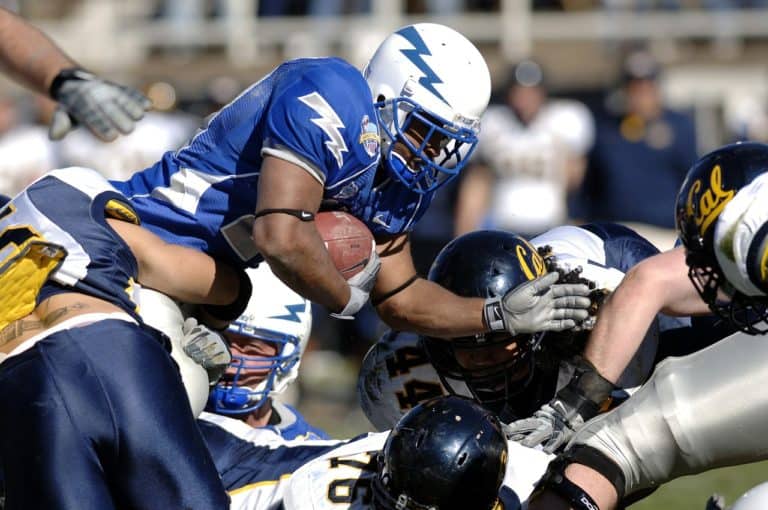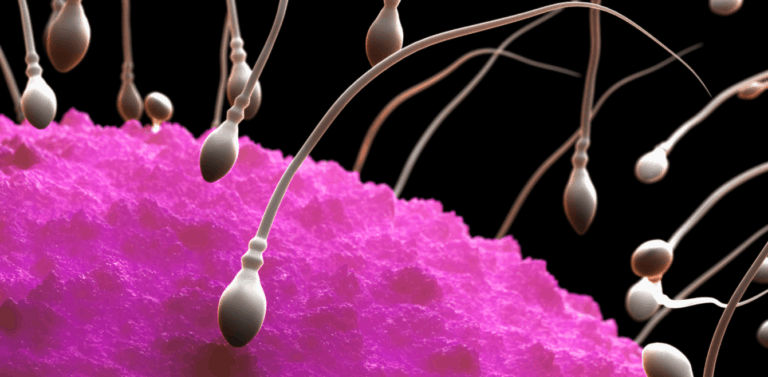A significant number of men who have Peyronie’s disease also experience erectile dysfunction. How common is the combination of Peyronie’s disease and erectile dysfunction?
In a study of 1,440 men with erectile dysfunction, 8% were found to have Peyronie’s disease based mainly on the presence of penile plaque. (El-Sakka 2006) However, there are other risk factors associated with the presence of both Peyronie’s disease and erectile dysfunction, including older age, obesity, smoking, longer duration and increased severity of erectile dysfunction, diabetes, high cholesterol, high blood pressure, heart disease, and psychological disorders. It is unclear how much these risk factors contribute to the development of Peyronie’s disease and how much impact erectile dysfunction and Peyronie’s disease have on each other. (Usta 2004)
For men who have both Peyronie’s disease and erectile dysfunction, the bend of the penis can be so severe it prohibits satisfactory sexual intercourse or makes it impossible altogether. Therefore, it is important to treat both conditions, and the solution for men with both Peyronie’s disease and erectile dysfunction is surgery.
Some experts say the best surgical option is plication, but only if a man has satisfactory erections. That claim was made by two authors who reviewed the results of 132 cases of penile curvature that were corrected using this technique. The range of penile curvature ranged from 30 to 120 degrees, and 116 of the study participants had Peyronie’s disease, including 8 in whom a previous Nesbit procedure had failed.
Six months after plication surgery, 93% of the patients reported having straight erections and 7% had acceptable erections. Penile curvature returned in 15% of patients at an average of 2.6 years of follow-up, and 40% of men said their penis was shorter than before surgery. (Gholami 2002)
Men who have both Peyronie’s disease and erectile dysfunction need to discuss their treatment options with their physician. In some cases, a combination of surgical techniques from the three types available for Peyronie’s disease is necessary to address both problems. Good results have been reported in men who have used both a penile implant and tissue grafting, for example.
Read more in our Erectile Dysfunction Health Center.
References
El-Sakka AL. Prevalence of Peyronie’s disease among patients with erectile dysfunction. Eur Urol 2006 Mar; 49(3): 564-69
Gholami SS, Lue T. Correction of penile curvature using the 16-dot plication technique: a review of 132 patients. J Urol 2002; 167(5): 2066-69
Usta MF et al. Relationship between the severity of penile curvature and the presence of comorbidities in men with Peyronie’s disease. J Urol 2004 Feb; 171(2 Pt 1): 775-79







